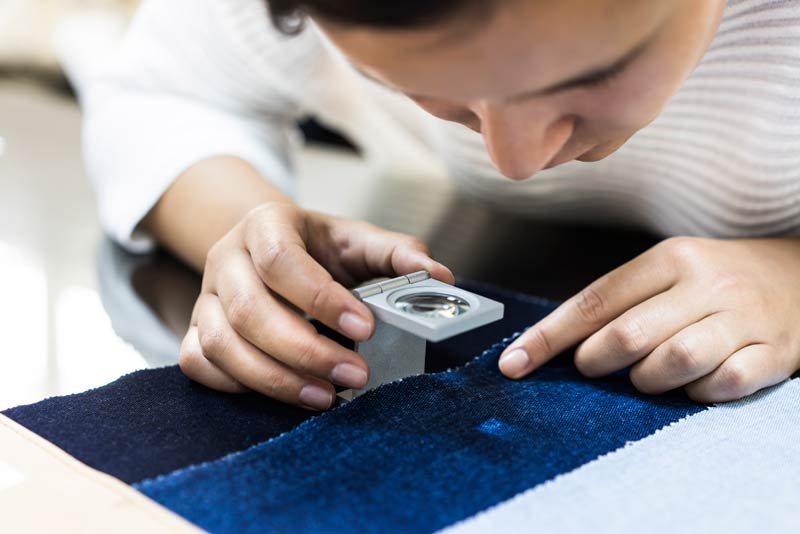
Textile testing is critical because it ensures quality and can eliminate problems before they occur during manufacturing. Textile testing allows us to easily detect flaws in machinery and materials during textile testing.
Basil Quality Testing Labs is well-equipped with all the latest sophisticated analytical instruments and a team of competent and experienced laboratory technocrats at handling various types of equipment to perform textile testing services.
Textile Industry is vast and has different categories under it but when it comes to Testing methodologies , these are having common checkpoints which are explained below:
Basil provides wide range of testing category. You name it and we have it. Our range of categories are not only limited to the above categories but it’s lot more than that . If you want more information you can connect with us and we are here to serve you with the best of the services.